Description
The Four Seasons – Summer (1896) by Mucha
The series of personifications of the seasons was, in part thanks to the rapid technical progress made with lithography, immediately a major commercial success. The clearly delineated figures are both seductive and melancholy, and have a sensuality new to that era. In this statue adaptation of the young maiden “Summer”, she lounges along a creek with her feet in the water. The flower headpiece she wears is radiant with rich orange-red blossoms.
Part of the highly collectible Parastone Mouseion 3D Collection designed in Europe to adapt famous paintings into three-dimensional form. Includes color picture of the original artwork by Mucha and a description in multiple languages.
Alphonse Mucha (1860-1939)
Young Alphonse Mucha had a beautiful singing voice which enabled him to earn his own secondary school fees in the Moravian capital Brno. However, drawing continued to be his great passion and – aged 19 – he left for Vienna where he worked as an apprentice draughtsman for a studio which designed and decorated theater scenery. Upon his return to Moravin (in what is currently the Czech Republic) his talent was spotted by the wealthy Count Karl Khuen-Belasi, who enabled him to study at the Akademie der Bildenden Kuneste in Munich. Mucha continued his studies in Paris, the Mecca of the art world at the time. He made extra money drawing illustrations for magazines and advertisements. Quite unexpectedly this proved to be designed on the spot for the play Gismonda starting the legendary Sarah Bernard. A few weeks later, Pariswas covered in posters and they were stolen en masse. Mucha instantly became the most in demand illustrator of the Belle Epoque. The artist was not entirely happy with the rapid triumph of Art Nouveau in the decorative arts. He kept emphasizing that his art followed his Slavic soul, not some fashionable trend. His inspirations were old religious art, symbolism and Japanese prints with their stylized lines and clear cut structure which had been rediscovered in the 19th Century.

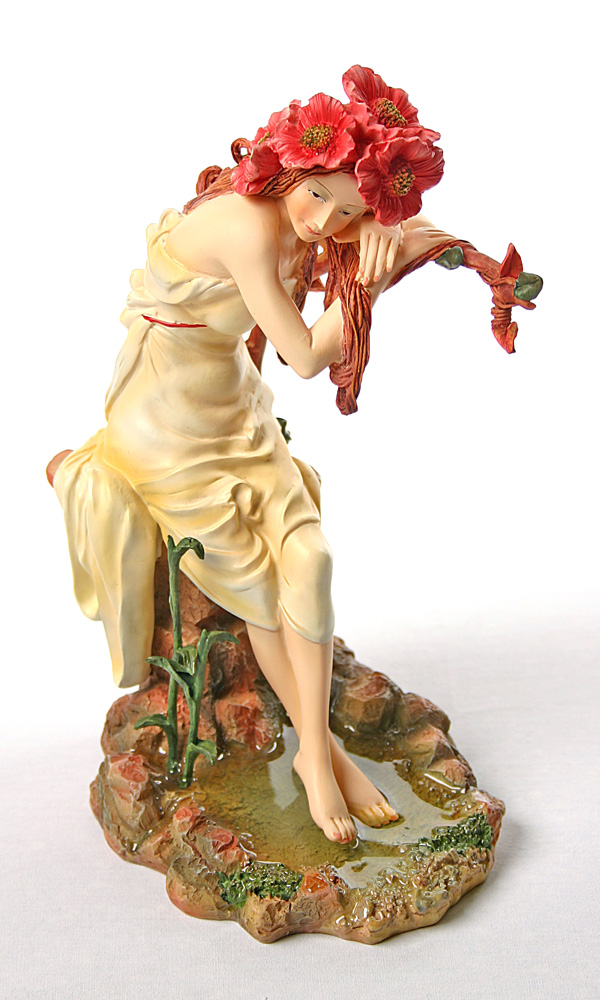
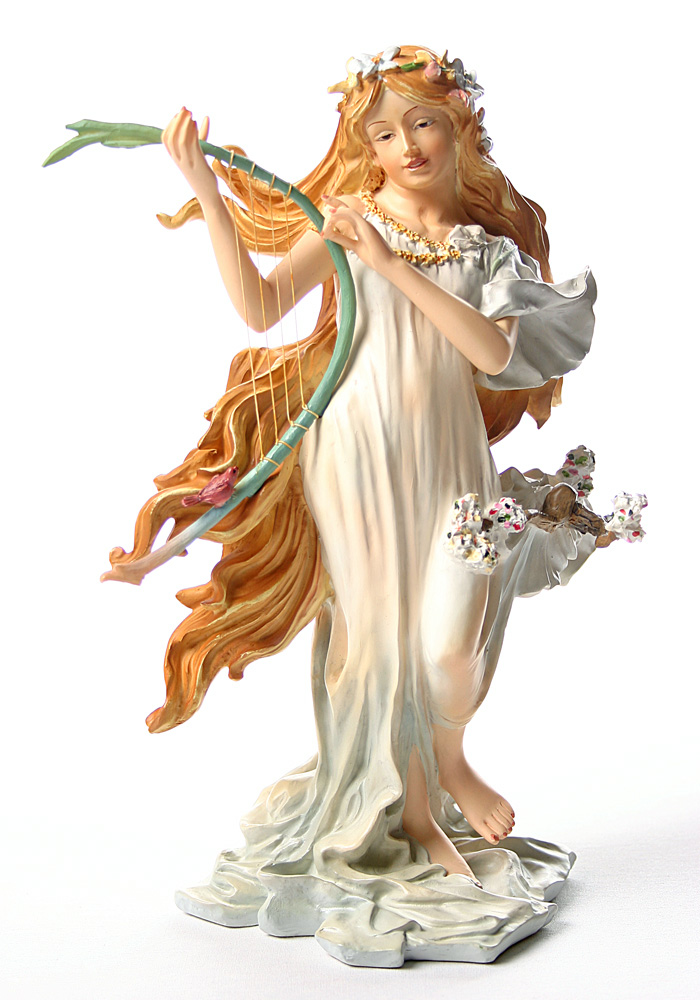
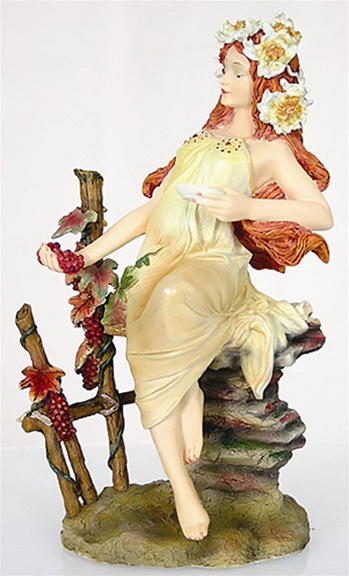
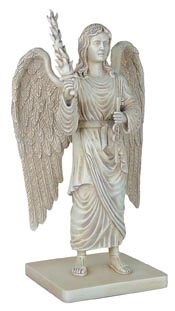
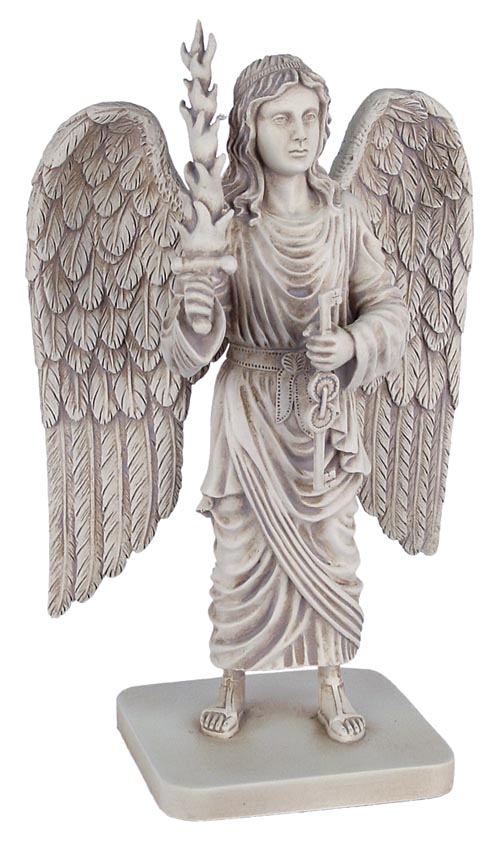
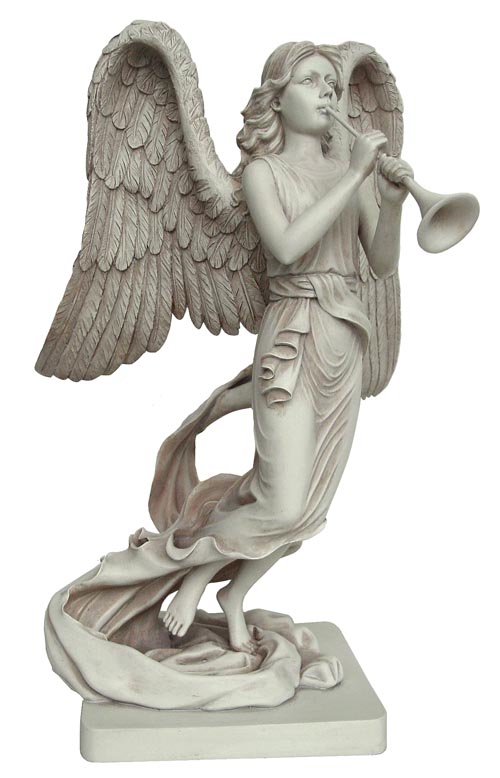
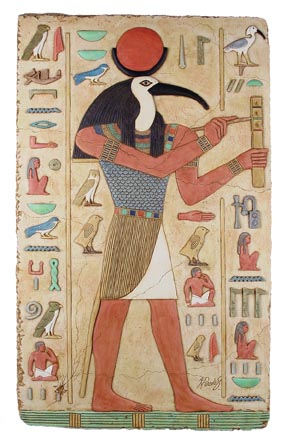
Reviews
There are no reviews yet.